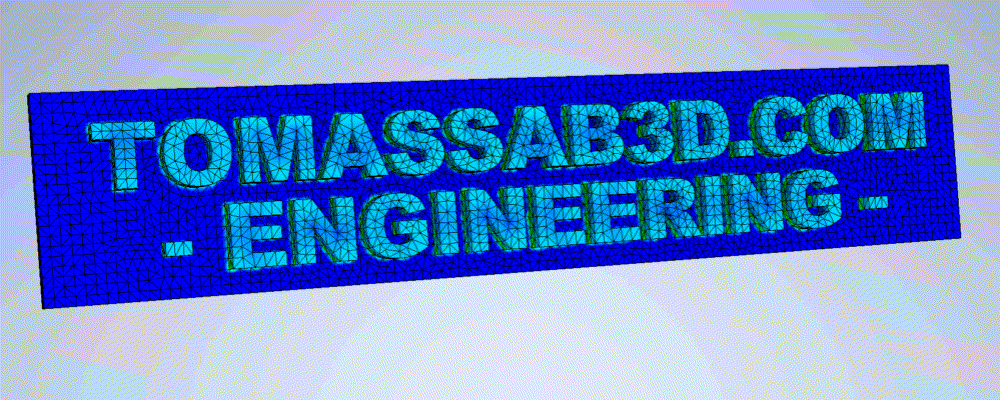Flexible components
TPU is like rubber. It’s quite amazing. The example is a fitting that hold a vibrating rod in a robot. It has low stiffness horizontally. But a high stiffness vertically. Thus, the vibrating rod can slide in and out without damaging the bristles or losing vibrating energy. Anisotropic stiffness sliding joint.
All kinds of robot components can be designed using FEM simulations to bend and move as necessary for application. It cost me about 10 EUR in materials. Took about 3 attempts to get something durable, functioning well. The industrial vibrator is a beast. But now the metal rod of the vibrator snaps before the 3D printed insert does. Took about 2h to design the inserts.
Nylon is another flexible material to consider. Slightly less flexible than TPU, but just as durable. Tends to be harder to print, but has less friction once operating.
TPU inserts that allow to push a vibrating rod axially, without restricting it’s horizontal oscillation.
TPU inserts that allow to a vibrating rod to slide axially, without restricting it’s horizontal oscillation.
This piece got destroyed over some weeks of intensive use. The ends were made too thin and got “cut off”. However, the bristles were not damaged. Sust of metal and sand is seen in between them. An a new piece, with thicker end stops has now survived more than a few months of daily abuse.
Nylon insert, holding the motor on a rail (low friction material). And supporting the motor on a “floating” platform, that is stiff in axial direction, but soft horizontally. Thus, damping the vibrations while supporting the motor.




